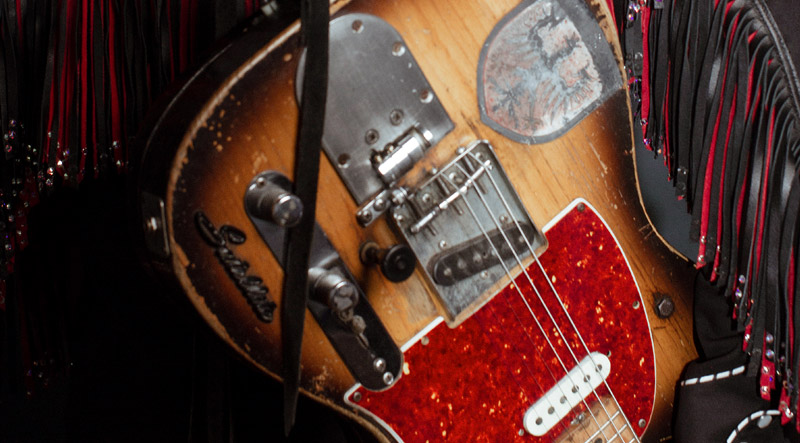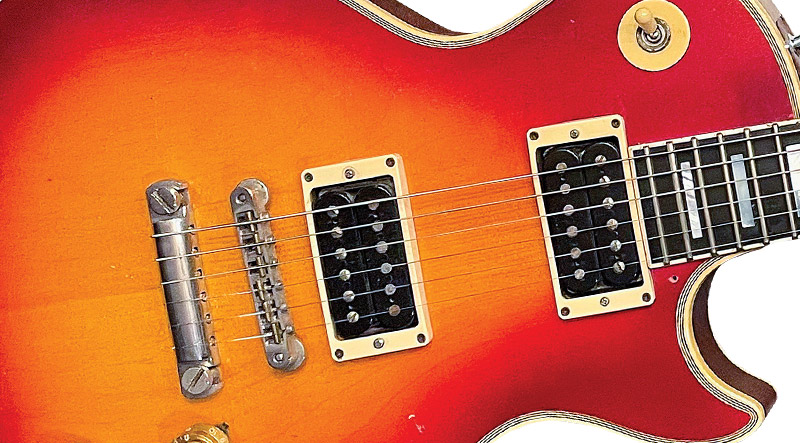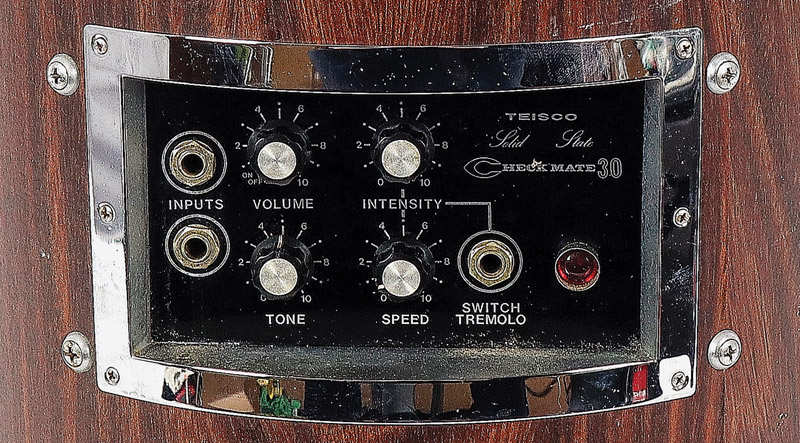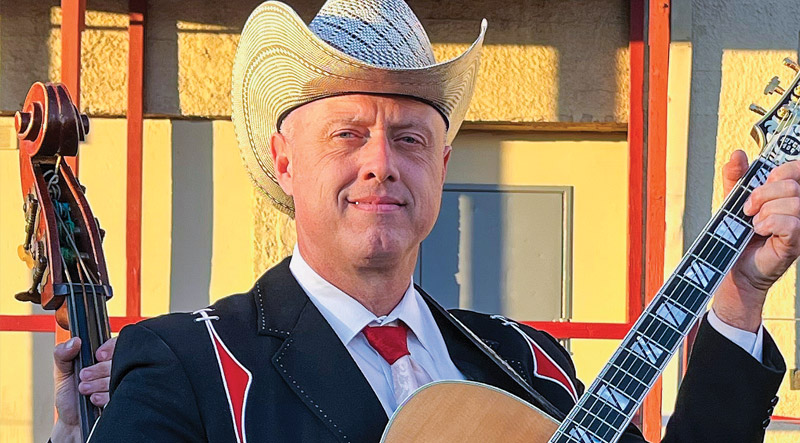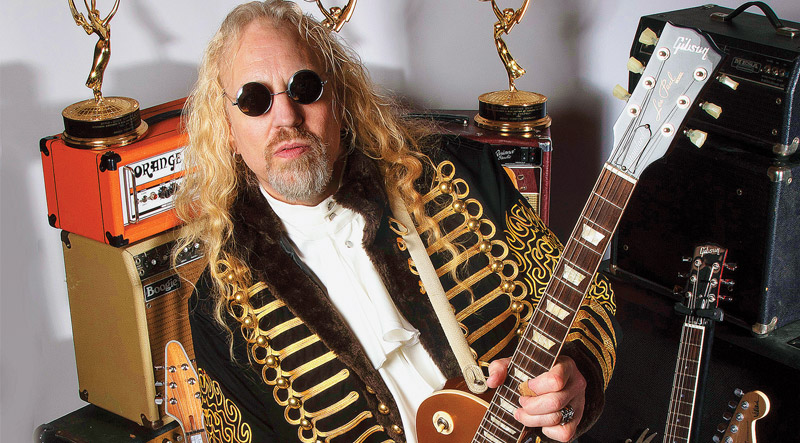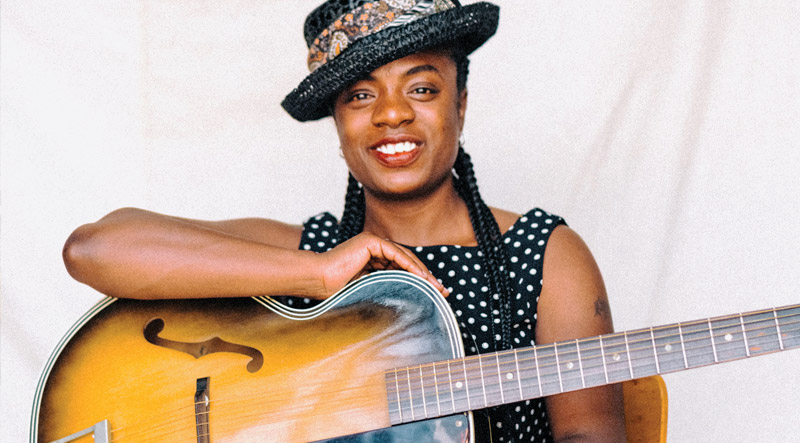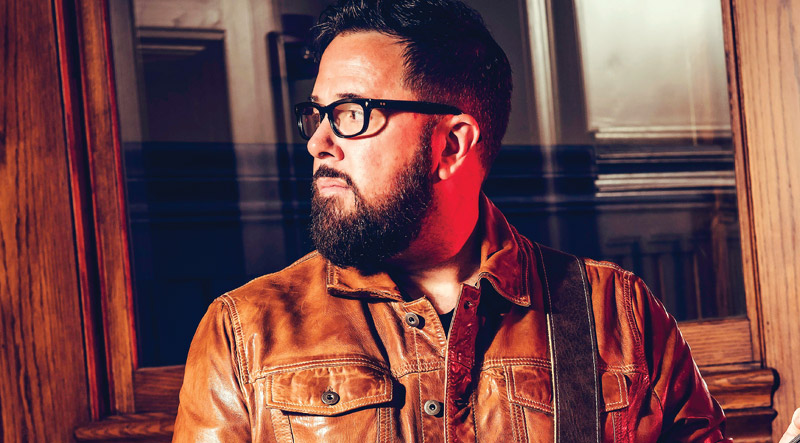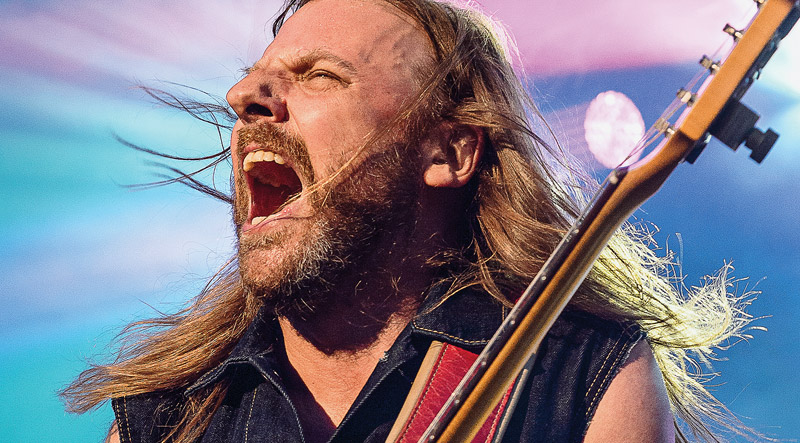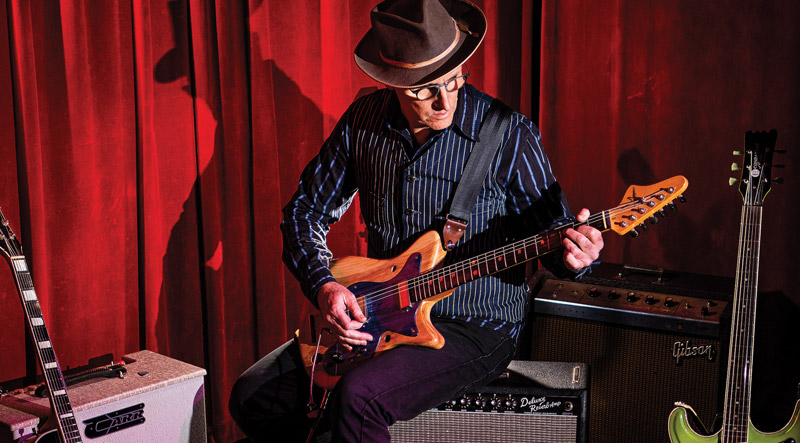
Marty Stuart’s life is the stuff of movies. Just nine years old when he started singing and playing guitar in his own band, while his grade-school classmates in Mississippi were digging the Beatles and Rolling Stones, he was fixated on the hardcore country sounds of Merle Haggard and Buck Owens. In 1970, after seeing country star Connie Smith play2 the Indian Fair in Choctaw County, 12-year-old Marty told his mother, “I’m gonna marry her” – which he did 27 years later.
Following a recommendation from multi-instrumentalist Roland White, Stuart left home at 13, taking a bus to Nashville so he could play mandolin for bluegrass icon Lester Flatt. When he met Johnny Cash in 1980, the Man In Black said, “Good to meet you, son. Where’ve you been?” Stuart replied, “Getting ready,” and spent the next six years in Cash’s band.
Already releasing solo albums, he registered country-rock hits with “Arlene,” “Hillbilly Rock,” “Tempted,” and Grammy-winning duets with Travis Tritt. By the end of the ’90s, though, chasing hits had become an unsatisfying exercise, so he put together an ambitious concept album, The Pilgrim, with cameos from Cash, Emmylou Harris, Earl Scruggs, the Heartbreakers’ Mike Campbell, and others. Though critically acclaimed, it was a commercial flop in spite of should’ve-been-hits like “Red, Red Wine And Cheatin’ Songs” and “Goin’ Nowhere Fast.”
Next, he put together one of the greatest bands country music has ever seen – the Fabulous Superlatives, with drummer Harry Stinson, guitarist Kenny Vaughan, and bassist Paul Martin (who was later replaced by Chris Scruggs on bass and steel guitar). They shined on the RFD Channel’s “Marty Stuart Show,” 156 episodes of which ran from 2008 to ’14, backing stars from Duane Eddy to Sam Moore, Kentucky Headhunters, Leon Russell, John Prine, Carolina Chocolate Drops, and Johnny Rivers. It was modeled after the ’60s TV shows of Porter Wagoner and Buck Owens, right down to the hay bales and the Superlatives’ flashy embroidered outfits.

“The mission statement of that show was, ‘We’ve got about five minutes left to get Stonewall Jackson, Ray Price, Merle Haggard, Kitty Wells, and Charlie Louvin,” he states. “And for a lot of those golden-era stars, those were their last performances. When any of those people would show up, we’d try to learn their songs’ arrangements verbatim. The combined vocabulary of Kenny, Chris, Harry, and myself is pretty staggering.”
Many lay people were introduced to Stuart as well as the idiom itself via the six-part Ken Burns PBS documentary Country Music, for which Marty was the perfect talking head and fount of knowledge. But the biggest project for the Grand Ole Opry member and longtime archivist is the $30 million Marty Stuart’s Congress of Country Music. Nearing completion in his hometown of Philadelphia, Mississippi, it will house the largest private collection of country music artifacts in the world.
Inducted as a Modern Era member of the Country Music Hall of Fame in 2020, Stuart’s journey shows no signs of slowing. Last year, he released Songs I Sing In The Dark one song (and video) at a time. Of the 21st-century paradigm of downloads, streaming, and more, he reflects, “It’s great to have choices. Whatever the next latest, greatest means of transporting music across the universe that lies ahead is fine with me. My main goal is to make music worthy of any one of those magic carpets.”

Sitting on his tour bus, Stuart talked while noodling on a ’51 Martin 5-18 “Marty Robbins” given to him by Connie when they started dating. Then, the keeper of the original B-bender Telecaster Clarence White played with the Byrds pulled out a ’28 Martin that belonged to the Father of Country Music, Jimmie Rodgers.
Stuart’s many hats include guitarist, mandolinist, singer, songwriter, bandleader, guitar collector, photographer, historian, and – as demonstrated here – captivating storyteller.
How were you told about the Modern Era induction to the Country Music Hall of Fame?
I was asked to put on my cowboy clothes and come to my manager John Peet’s office to film something. I was sitting on a stool waiting for the lighting and sound to get dialed in when the CEO of the Country Music Association, Sarah Trahern, appeared in the room. I didn’t think anything about it because John is a megawatt manager, and his office is a terminal for cool people coming and going. However, Sarah sat down beside me and told me the news. I was dumbfounded – completely blown away. What an honor.
Who are a few artists you’d like to see inducted to the Hall?
How about the Maddox Brothers and Rose, Johnny Horton, the Stanley Brothers, the Osborne Brothers, Jimmy Martin, Tanya Tucker, John Anderson, Dwight Yoakam,
Dallas Frazier, Lloyd Green, Ralph Mooney, and Tommy Jackson for starters, with several more in the wings?
For a certain generation of musicians, the Beatles’ appearance on “The Ed Sullivan Show” in ’64 was the Big Bang. Being younger and growing up in Mississippi, what was yours?
It started with the first two records I owned – The Fabulous Johnny Cash and a Flatt & Scruggs album. The Big Bang happened in increments; in ’64, three civil rights workers were murdered in my hometown. A horrible time. The only time I felt any relief from that was on Saturday afternoons, watching “The Porter Wagoner Show.” In 1970, Johnny Cash came to the coliseum in Jackson, Mississippi. That did it for me. On the way home, I knew I’d never be the same.

Most musicians had a garage band in high school, playing AM radio rock. Before you were even that age, you were on the road with Lester Flatt.
Me and two buddies in the neighborhood played electric guitars, and when the world was into the Beatles and the Stones, there was something about Johnny Cash, Merle Haggard, Buck Owens, and the Carter Family songs that was where I wanted to plant my flag. At nine years old, I felt like I was those guys’ representative in that part of the state. I had a red Fender Mustang, and our set list was “Tiger By The Tail,” “Folsom Prison Blues,” “Mama Tried,” and “Wildwood Flower.” But my local radio station played everything. It came on with country, then Southern gospel, rock and roll and Top 40 in the afternoon, then soul, and they rounded out the evening with easy listening and classical. I heard everything, and I was a sponge. But it was country music that touched my heart. I think it was the stories that got me more than anything.
Who were your early guitar influences?
Luther Perkins, still to this day. I love Roy Nichols, James Burton, and Ralph Mooney’s steel-guitar playing. I love Hubert Sumlin and Pops Staples. Those are the foundational guys that made my head spin.
There’s an interview that didn’t make it into the documentary about Mavis Staples, where you talk about a rough period in your life.
Oh, yeah. We were rock stars of the bluegrass circuit, starting with Lester Flatt. It started out as fun, then somewhere along the way it turns on you. By the time I put the Superlatives together, after The Pilgrim, I’d walk up to the mirror and see a bunch of old habits in my face that I didn’t like anymore. I got arrested for drunk driving. It was so embarrassing, but it was a wake-up call. What made it really shameful was we were making Soul Chapel, a Delta gospel record.
The night after I was bailed out, we went to play Chicago. Mavis and Yvonne came in to see their little brother, and they were holding this guitar case. “What’s that?” “This is yours.” They handed me Pops’ rosewood Tele. They didn’t know my troubles, but I took it as a sign from Pops to straighten up. Autographed on the back, it said, “To our brother, Marty. I know Pops is smiling. From your family, the Staples. We love you always, Mavis and Yvonne.”
You own some legendary guitars.
When I first went to Nashville, I was 13, and I joined Lester Flatt’s band. Between shows at the Ryman, my routine was to take $30 out of my paycheck and go to the record shops. Lower Broadway of Nashville, you needed a tetanus shot; it was really seedy. But I’d always look for this kid, Little Troy Hess. His mom and dad would dress him up like Hank Williams, and he’d be in front of Lawrence Brothers Record Shop, singing Jimmie Rodgers and Hank Williams songs. I was 13, he was eight. He had a 45 his dad would peddle called “Please Don’t Go Topless, Mother.”

I always wondered what happened to him. Turns out, his grandpa and fellow railroad workers pitched in and got Jimmie Rodgers his first good guitar – a 1928 Martin OO-42. When Jimmie died, Mrs. Rodgers gave the guitar back to the Hess family. We were playing Houston in 2018, and Troy contacted me about the guitar. He never got to play on the Grand Ol’ Opry, so at our Late Night Jam that year, he brought the guitar out on the middle of the stage and sang. We made a deal, and I took it to Marty Lanham of the Nashville Guitar Company, who put it back in shape, because a lot of work had to be done. But I have Jimmie Rodgers’ guitar now. When Marty got through with it, the first place we played was at the Country Music Hall of Fame, when I was Artist-in-Residence. It sounded so good.
It’s great the you’ve acquired such historical guitars, but you also play them.
They work! Those guitars want to be played. They’re happy to be let out of the box. Merle Watson taught me this [plays “Spike Driver Blues”]. He had that Mississippi John Hurt style down. The live Vanguard double album Doc Watson On Stage is the one. It never got more eloquent and nuanced than that.
In country music, there aren’t many concept albums. There’s Bitter Tears by Johnny Cash and Willie Nelson’s Red Headed Stranger, and your 1999 album The Pilgrim.
By the end of the ’90s, we’d had a long commercial run. We added busses and trucks, and got louder and louder. I remember thinking, “I don’t like what I’m hearing.” I needed to find a way to get back to my heart and soul, go back to square one. I got the word that Bill Monroe passed away, and it got me because I’d known that old man for so long. I woke up one morning, and my standards were different. Success had a different definition to me.
I was reminded of a tragedy that happened in my hometown. There was a love triangle, and the jealous husband murdered himself in front of his wife and supposed boyfriend. It took on this epic story, which became a concept. I visited Thomas B. Allen, who illustrated 14 Flatt & Scruggs album covers. We talked about trains, and he had two photographs his mother had taken of Franklin Roosevelt’s train leaving Nashville in 1934. Those pictures unlocked the next part of the story.
I then set, as a score, the evolution of country music from mountain music through honky-tonk, through folk, to whatever was hot at the moment. So I pulled in Johnny Cash, George Jones, and Ralph Stanley. It was a monumental undertaking, but that’s what I needed to get back to who I was. The narrow avenue of what country radio was playing at the time had no place for that. It didn’t fly in the land of boot-scootin’ at that time.
What made you do an expanded version, with a 190-page book, 20 years later?
Johnny Cash told me, “The Pilgrim record will live again.” He asked me, “Would you do it again knowing what the consequences are?” I said, “In a heartbeat.” “Are you proud of your work?” “Absolutely.” He said, “There’s your answer.”

What sealed the deal for me was in September, 2019, when [we played] the Country Music Hall of Fame. We dedicated the first night to The Pilgrim; it had never been done in its entirety. People came from all over the country and around the globe. We could have just put the record out again, but it deserved a little more prominence.
Something that encouraged me was doing 30-some shows with Roger McGuinn and Chris Hillman for the 50th anniversary of Sweetheart Of The Rodeo; the record was finally being performed live. Every generation, there’s a new audience. We got to be the Byrds, and I played Clarence’s parts the best I could.
There’s been a rumor about an all-instrumental album by you and the Superlatives.
A 20-song hillbilly surf-band instrumental album is one of my pet projects. It’s somewhere between surf and exotica. It finally has a name, Space Junk, which is the title of one of the songs that Harry wrote and arranged. It’s way cool. The next project up for release is a sidewinding cosmic cowboy romp titled Altitude. After its cycle, Space Junk is ready to go.
I love the instrumental project for a number of reasons. To begin with, there’s very few instrumental projects released these days – especially original songs. We recorded several of the tunes at Capitol Studio A in Hollywood. I mean, c’mon; if you’re looking to capture cinematic, romantic surf sounds with palm trees and a blue California sky as inspiration, it doesn’t get any better than that.
l was really proud of us that day. We took seven songs to the studio and walked out with all of them completely finished, sans mixing. Just another day at the Superlative office.
Talk about “Cousin” Kenny.
Kenny Vaughan is a natural-born guitar slinger. Playing music with him is a pure joy. His musical vocabulary is vast, seemingly endless. We’ve played together long enough there is not a lot of thinking involved in what we do anymore. It’s mostly instinct and heart. For instance, when we record, I sometimes ask our engineer, Mick Conley, to mute Kenny’s guitar when I’m putting my part down. When I get my part where I want it, I ask Mick to bring Kenny’s track back. Most of the time it’s as if we’d sat there and worked it out for days; the result is usually seamless.
So much of Kenny’s power comes from his pure love of the guitar. He is such a star. However, he has absolutely no ego when it comes to playing. His philosophy is, “It’s about the song.” He plays what the song requires, but given the chance to shine, he can light up the room.

What was the genesis of 2017’s Way Out West?
On the road one day, we held a band meeting and listening session on our tour bus, to brainstorm and dream out loud in hopes of finding our way to the getting-on place to the project which eventually became Way Out West. As the project evolved, it seemed as though the Superlatives and I were creating a love letter to California, thanking it for all of the music, style, and culture that had originated there and how those elements went on to become such a profound presence in all our lives. With that in mind, California seemed the most likely place to make the record.
What did producer Mike Campbell bring to the table?
I couldn’t think of a better soul than Mike to help us, inspire us, hold our feet to the fire, and keep us honest, all while hosting us along the boulevards and canyons of the Golden State.There’s nobody I love and respect more than Campbell. He is my all-time favorite rock-and-roll-guitar player. He’s a master in every sense of the word, and inspires any room he enters. Way Out West would not have turned out as it did had we recorded it in Nashville. And the record is what it is largely because of Mike’s presence.
Besides being your hometown, are there other reasons it makes sense for the Congress of Country Music to be in Philadelphia, Mississippi?
When you drive across the state line in Mississippi, you’re greeted by a sign that reads,
“Welcome to Mississippi, The Birthplace of America’s Music.” That statement can be backed up. It’s astounding how many of the nation’s most royal musical figures come from there. There’s the historical Blues Trail system that runs throughout the state. A few years back, I asked the governor to help me establish a historical Country Trail system. lt happened.
There’s a collection of what I call “spiritual musical jewel boxes” scattered throughout Mississippi. For instance, the spiritual home of rock and roll is Elvis’ birthplace in Tupelo. The spiritual home of the blues is B.B. King’s museum in Indianola. There’s also the Delta Blues Museum in Clarksdale. The Grammy Museum on the campus of Delta State University is a mighty place. In Meridian, there’s the Mississippi Arts and Entertainment Experience, as well as the Jimmie Rodgers Museum. Thirty-five miles down the road in my hometown is where the Congress of Country Music is being built. It’s the hillbilly presidential library, the spiritual home of country music.
Will the Ellis Theater be a venue that national acts will play?
From December 8 through 11, 2022, we had the grand re-opening of the Ellis Theater. The Superlatives, Connie Smith, Johntavius Willis, and I played the first night. Ricky Skaggs, Sharon White Skaggs, Vince Gill, and the Gaither Vocal Band filled out the rest of the weekend. The nation has a new world-class performing arts center in Philadelphia, Mississippi. Everyone’s invited.
This article originally appeared in VG’s April 2023 issue. All copyrights are by the author and Vintage Guitar magazine. Unauthorized replication or use is strictly prohibited.

